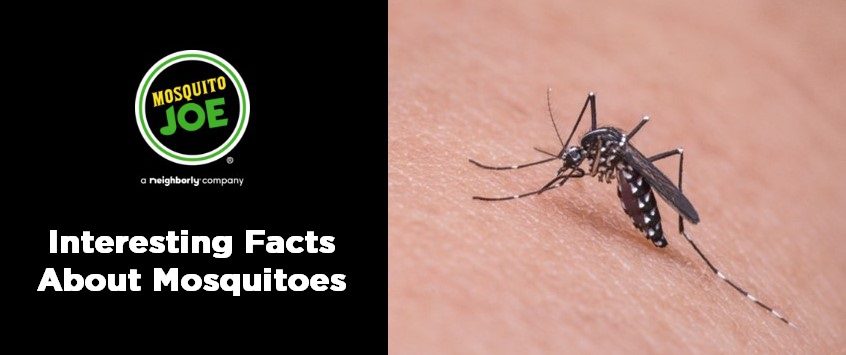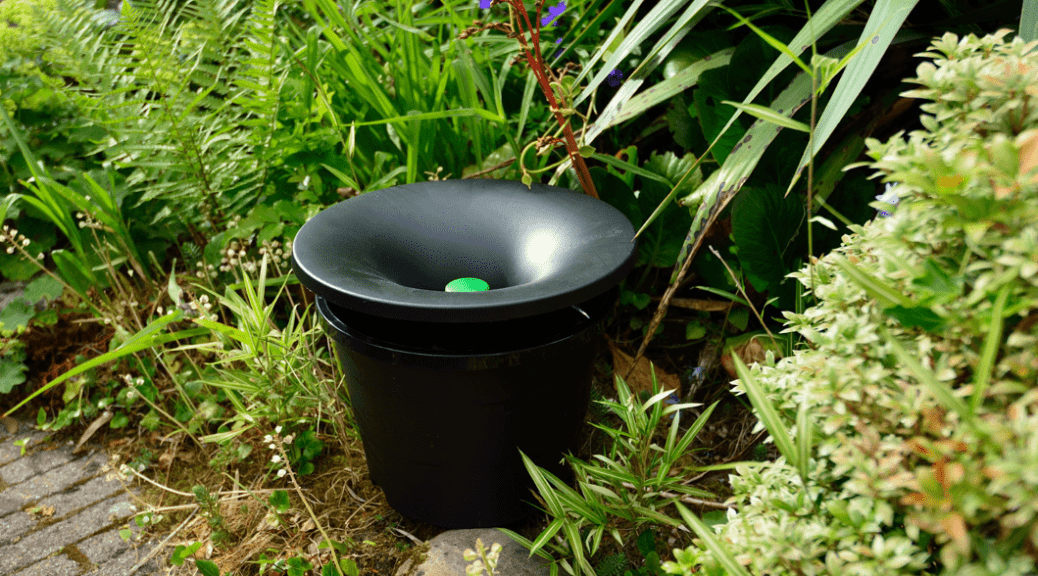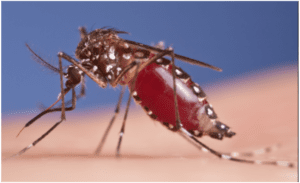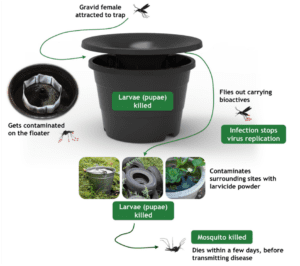Interesting Facts About Mosquitoes
We thought it would be fun to gather a group of interesting facts about mosquitoes, that you may not know, into one list. There is far more to the mosquito than meets the eye, and each year 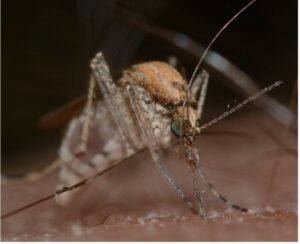
- There are over 3,000 species of mosquitoes in the world. Only about 200 bites.
- Texas has the highest number of mosquito species at 85, while West Virginia has the fewest at 26.
- Male mosquitoes do not bite. It is only the female one that sucks your blood and gets the protein from it. This protein helps the mosquitoes to develop their eggs.
- Mosquitoes feed mainly on plant nectar.
- Mosquitoes cannot regulate their body temperature, so they will shade from the sun during the day.
- A female mosquito can drink 3 times her body weight in blood.
- Mosquitoes prefer the blood of horses or birds or cattle to humans.
- Mosquitoes have been around since the Jurassic period. They have been on Earth for over 210 million years!
- Mosquitoes are the deadliest animal on the planet, far more so than sharks.
- Mosquitoes can spread several life-threatening diseases including West Nile, Dengue, and Malaria.
- Many mosquitoes don’t die from a freeze. Instead, they hibernate and reawaken once temperatures climb over 50 degrees.
- A mosquito egg can lay dormant for up to 10 years, and hatch once water touches it.
- All mosquitoes need water to breed.
- A mosquito spends the first 7-10 days of its life in water.
- Mosquitoes live up to 6 months (the majority live 2-3 weeks).
- When mosquitoes hatch out of the pupae they first breed before the female searches for a blood meal. She then lays her eggs and only then will settle to feed from nectar.
- The female mosquito lays her eggs in stagnant water, 300 at a time. Only a teaspoon will do.
- Mosquitoes beat their wings 500-600 times per minute. When mating they will synchronize their wings.
- Mosquitoes only fly 1.5 miles per hour.
- Mosquitoes mostly keep to 6-8 feet above ground. They can fly up to 25’ high but they are not strong fliers and cannot manage the breeze well.
- Mosquitoes generally fly 2-3 miles at best (some saltmarsh mosquitoes can fly 100 miles, however).
- Mosquitoes use several methods to locate a blood meal. They first detect CO2 plumes, which they can do from 75’ away.
- Once a mosquito gets closer it turns to smell to home in on a victim. Sweat, beer, and a host of other odors can make us more attractive.
- Movement also attracts mosquitoes.
- When they are close mosquitoes turn to heat sensing to find us to bite.
- Mosquito traps don’t work well as they do not emit heat. They attract mosquitoes into your yard but, if you are outside, they will find you first.
- Bug zappers don’t kill mosquitoes. The light attracts them in, but they won’t fly into it. The same is true for outside lights you turn on at night.
- When the female bites she inserts her proboscis into our skin. Her saliva helps the multiple tubes inside this to slide through our skin. It also has a mild pain-killing property, to help her go undetected, and has anti-coagulant properties.
- The bumps and itch that result from a bite are the result of a common allergy to saliva. Some lucky people don’t have a reaction.
We make outside fun again by keeping mosquitoes and other outdoor pests away! Give us a call today at 281-815-0228 for a free quote!


